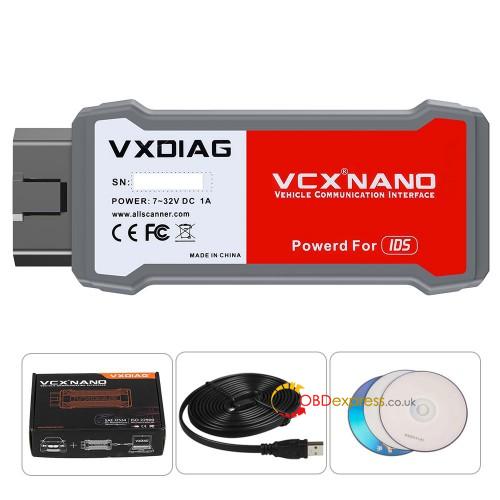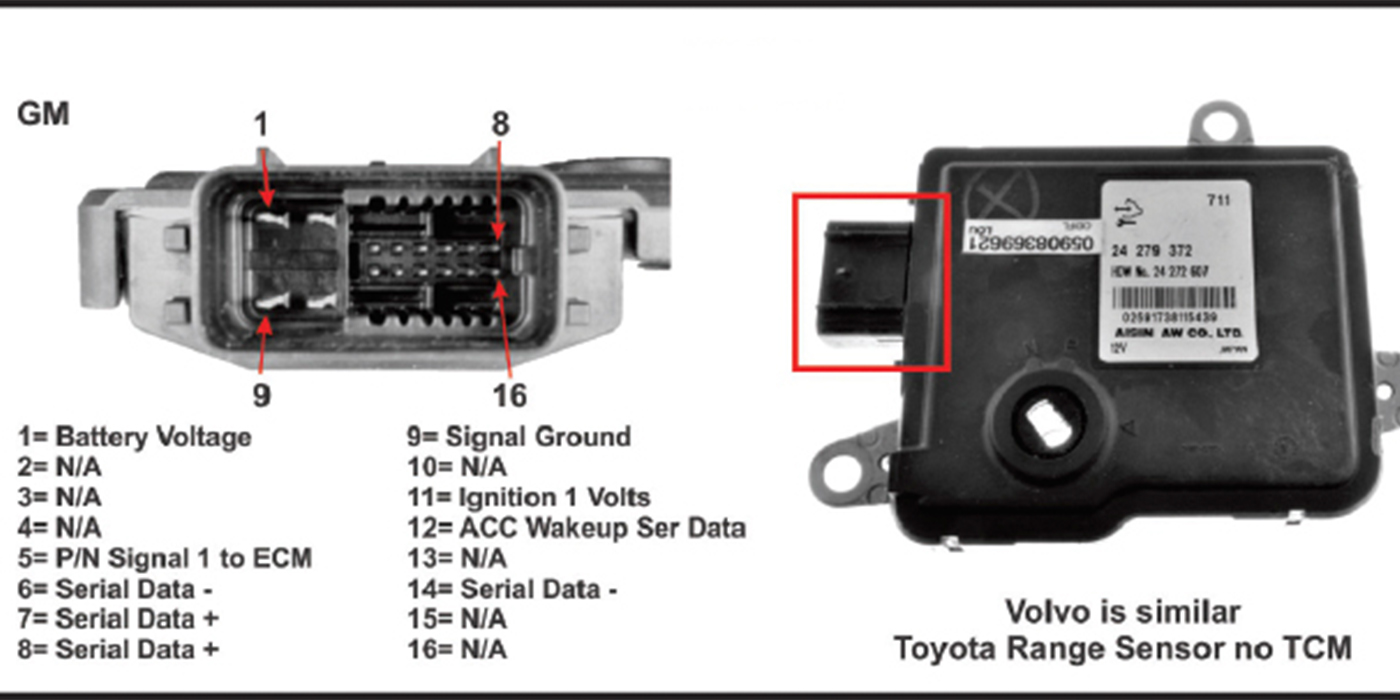

Note that there are specific codes for the malfunctioning transmission solenoids. Identifying these codes should enable you to find the problem in your car’s transmission. These are standard codes which are generated by the car’s computer when it detects a problem.

OBD is an acronym for On-Board Diagnostics Parameter IDs. The best option then is to take your car to a certified mechanic and have its computer scanned for the OBD codes. In most cases, they can be easily distinguished.Ī fault in the electronics is usually self-diagnosed by the car’s MCU, which lights up the Check Engine indicator on your dashboard. It is important to realize that the faults in your car’s transmission can either be electronic or mechanical.

Bad Transmission Solenoid SymptomsĬonsidering the complexity of the automatic transmission control units of cars, identifying a fault in one the solenoids within them might seem like a daunting task! However, there are certain specific symptoms that you could look out for, which can make the job of diagnosing and troubleshooting a bad transmission solenoid easier. The micro-controller accurately controls this fluid flow by precisely timing the opening and closing of the solenoid valves, allowing for a smooth, effortless gear shift. They control the flow of the pressurized fluid within the various parts of the hydraulic transmission module. These solenoids control the valves, opening/closing them according to the respective signals given by the micro-controller. This entire system is controlled electronically by a micro-controller chip using the aforementioned transmission solenoids.

It can be used as a switch to attract or repel valves within a system, opening or closing them respectively.Īutomatic transmissions in modern cars rely on a complex hydraulic system to apply the clutch and change the gears. In its most basic form, a solenoid is a cylindrical coil of wire which acts as a magnet (electromagnet) when electricity is allowed to pass through it. To understand its working, first, we must understand how a solenoid works.Ī solenoid works on the principle of electromagnetism. The transmission solenoid is an electromechanical element. What is a Transmission Solenoid and What Does it Do? As such, it is important to understand its working within the transmission control unit of your car, and therefore be able to know when it is not functioning correctly. A bad transmission solenoid can result in the malfunctioning of the entire transmission system. Similarly, the massive amounts of power generated by your car’s engine won’t amount to anything if its transmission is faulty.Īutomatic cars have transmission solenoids to control gear engagement and disengagement without human intervention. An athlete with a big heart still won’t be able to win a race if his muscles are torn. If the engine is the heart of a car, then the gears are definitely its muscles. If the headlight glows dim or not at all, then the solenoid is faulty.
#HOW TO CONTROL SHIFT SOLINOIDS WITH THE FORD IDS SERIES#
Connect the headlight and the resistor in series with the 12v car battery. You will need a 10 ohm high wattage ceramic resistor and a test headlight. You can check whether a particular transmission solenoid is faulty or not with the help of the following simple setup. We highlight the symptoms of a bad transmission solenoid, to help you effectively identify and solve the problems in your car’s transmission system.


 0 kommentar(er)
0 kommentar(er)
